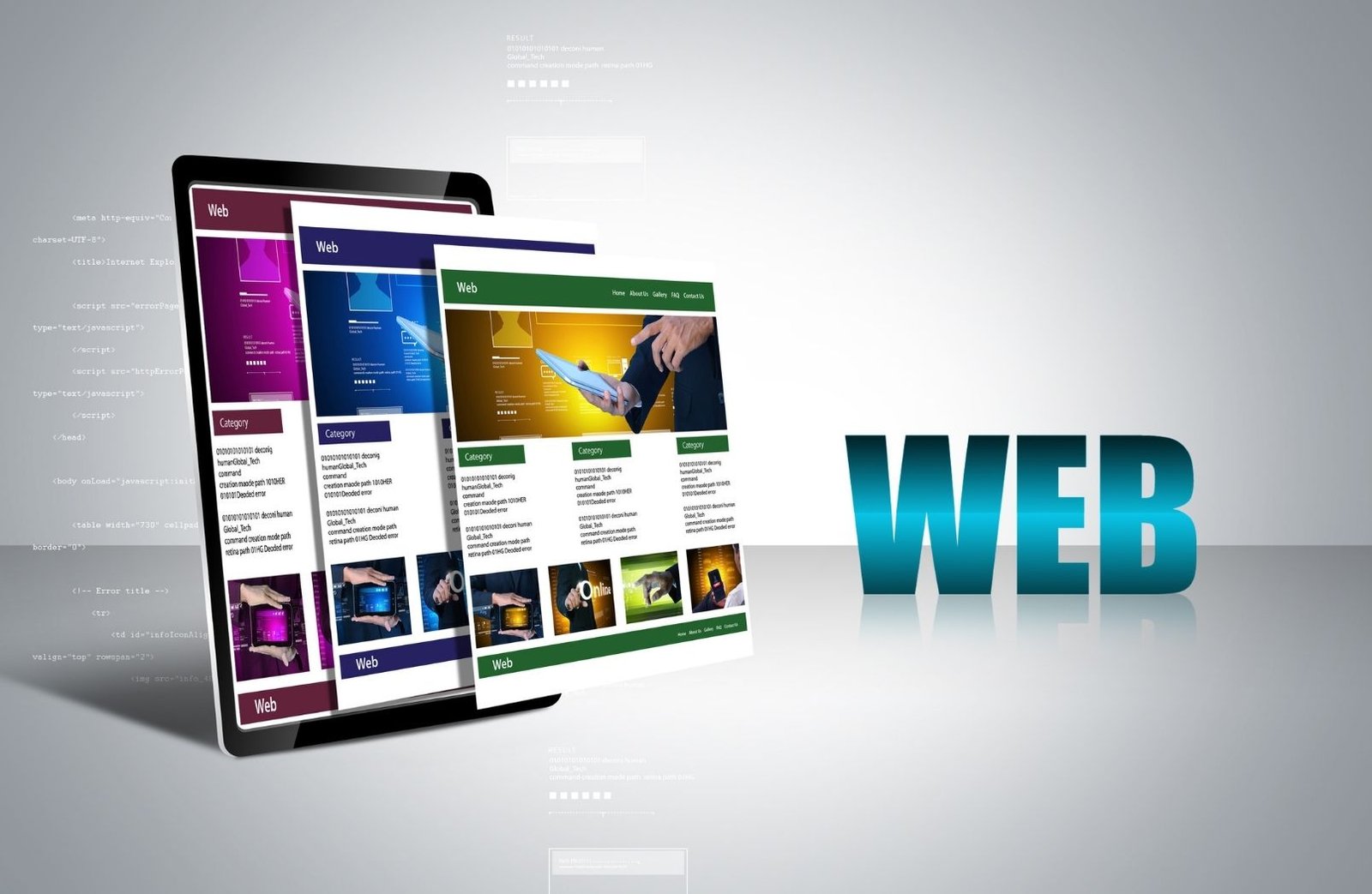Mastering Landing Page Design for Google Ads: Why It Matters, Key Benefits, and WordPress Tips
A compelling landing page is the heart of any successful Google Ads campaign. It’s where clicks turn into conversions—whether that’s a sale, a signup, or a lead. In this long-form guide, we’ll explore why landing page design is crucial for Google Ads, the benefits of getting it right, and how WordPress can make your life easier.
1. Why Landing Page Design Is So Important
When someone clicks your ad, they arrive with expectations. A well-designed landing page:
- Delivers on the Promise
If your ad headline promises a free guide, your landing page must prominently feature that guide. - Builds Trust Quickly
Clean layouts, clear copy, and social proof (testimonials, badges) reassure visitors you’re credible. - Guides User Behavior
Every element—from headline to button—must steer the visitor toward one goal, minimizing distractions. - Boosts Quality Score & Lowers Cost
Google measures landing page experience. Better experience → higher Quality Score → lower cost-per-click (CPC).
2. Top Benefits of Optimized Landing Pages for Google Ads
- Higher Conversion Rates
Focusing on a single call-to-action (CTA) means more visitors complete the desired action. - Better Ad Performance
Improved landing page relevance increases click-through rates (CTR) and lowers bounce rates. - Lower Ad Spend
With a strong Quality Score, you pay less per click and get more impressions for the same budget. - Deeper User Insights
Tracking behavior on a dedicated page reveals exactly what resonates—headline, offer, form fields, etc. - Scalable Testing
You can A/B test headlines, images, and CTAs in isolation, refining what works best.
3. Leveraging WordPress for Your Landing Pages
WordPress powers over 40% of the web—and for good reason. Here’s how it helps:
- Ease of Use
Intuitive block editors and page-builder plugins (e.g., Elementor, GenerateBlocks) let you drag, drop, and publish—no coding required. - Speed & Performance
Lightweight themes and caching plugins (WP Rocket, W3 Total Cache) ensure fast load times—a critical factor for both UX and Quality Score. - Flexible Design
Choose from thousands of pre-built templates designed specifically for landing pages, then customize fonts, colors, and layouts in minutes. - SEO & Integration
SEO plugins (Yoast, Rank Math) help optimize metadata, while form plugins (Gravity Forms, WPForms) make lead capture seamless. - Scalable & Secure
With regular updates, security plugins (Wordfence, Sucuri), and managed hosting, your page remains fast and protected as traffic grows.
4. Best Practices for Landing Page Design
| Element | Best Practice |
|---|---|
| Headline | Make it benefit-driven and match your ad copy exactly. |
| Sub-headline | Offer a quick expansion of the headline—clarify the value in one sentence. |
| Visuals | Use high-quality images or short videos of your product/service in action. |
| Bullet Points | List key benefits or features in 3–5 concise bullets. |
| Social Proof | Include testimonials, client logos, or trust badges near the CTA. |
| Form Fields | Keep them to a minimum—name and email are often enough to start. |
| Call-to-Action | Use a contrasting button color, action-oriented text (“Get My Free Guide”), and place it above the fold and again after your main content. |
| Mobile-First Design | Ensure text is legible, buttons are tappable, and images scale properly on small screens. |
| Load Speed | Aim for under 3 seconds; compress images, leverage browser caching, and use a CDN if possible. |
| Analytics & Tracking | Install Google Analytics and set up conversion goals; use heatmaps (Hotjar, Crazy Egg) to understand visitor behavior. |
5. Optimizing for WordPress & Google Ads Integration
- Install the Google Site Tag
- Paste the tag into your theme’s header (or use a plugin like “Insert Headers and Footers”).
- Enable Conversion Tracking
- Set up conversion actions in Google Ads (form submission, button click) and link them in WordPress via a plugin or code snippet.
- Use Accelerated Mobile Pages (AMP)
- Consider AMP for lightning-fast mobile experiences. Plugins like “AMP for WP” simplify the process.
- Leverage Dynamic Text Replacement
- Show the exact keyword your visitor searched for in the headline—many landing page builders support this feature.
- Automate Lead Delivery
- Connect your form to email (Mailchimp, ActiveCampaign) or CRM (HubSpot, Salesforce) so leads go directly where your sales team can act fast.
6. Measuring Success & Continuous Improvement
- Key Metrics to Monitor
- Conversion Rate: % of visitors who complete your goal
- Bounce Rate: % who leave immediately—aim for under 50%
- Average Time on Page: Gauge engagement; higher can indicate interest
- Page Speed Score: Use Google PageSpeed Insights or GTmetrix
- A/B Testing Workflow
- Identify underperforming element (headline, image, CTA)
- Create a single variation
- Run equal-traffic A/B test for a statistically significant period
- Implement the winning version and test the next element
7. Conclusion & Next Steps
A finely tuned landing page is the key to squeezing every bit of value from your Google Ads budget. With WordPress, you have powerful yet accessible tools to build, test, and optimize pages that convert. Remember:
- Keep your message laser-focused on the visitor’s needs.
- Make every click count with clear CTAs and minimal distractions.
- Use data—Quality Score, page analytics, A/B tests—to guide ongoing improvements.
Ready to level up your campaigns? Start by auditing your current landing pages against these best practices. Small tweaks today can translate into big gains tomorrow.
Happy optimizing!

